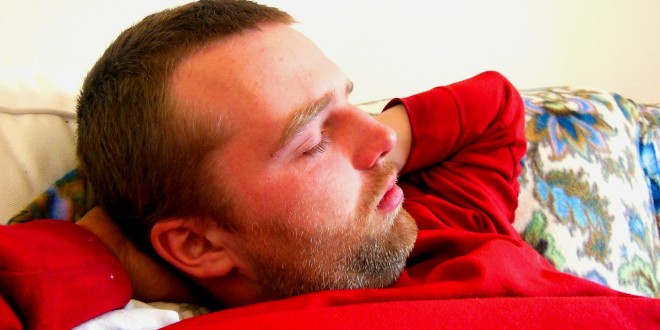
Most American adults do not get the recommended seven to eight hours of sleep each night – and that’s not good for our health.
When we get less sleep than needed, our reaction time gets slower, our blood pressure rises, we eat more and we are grumpier during the day. The long-term effects of not getting enough nighttime sleep include increased risk of diabetes, stroke, obesity and depression. And we die younger.
Our lack of nighttime sleep often leaves us needing to recharge our daytime batteries. Skip your Trenta coffee or energy drink and try catching some midday ZZZ’s. Power naps can boost your mood, memory, thinking and energy. And best of all: napping is free.
But how do you power nap like a pro?
A review study in Progress in Brain Research reveals that the benefits of brief naps, ranging from 5 to 15 minutes, are almost immediate, but the benefits last only 1 to 3 hours after you awaken. Longer naps, greater than 30 minutes, can produce grogginess for a short period after waking, but then will improve your brain power for many hours.
Early afternoon is the most favorable time to nap. If we snooze later in the day, it’s possible for the body to confuse nap time with bedtime. You should leave at least four hours between nap time and bedtime to keep nighttime sleep disruption to a minimum. Those who regularly nap also seem to show greater benefits than those who rarely nap.
The bottom line: The National Sleep Foundation recommends a short nap, usually 20 to 30 minutes for short-term alertness. This type of nap provides big benefits for improved focus and performance without leaving you feeling groggy or interfering with your nighttime sleep.
Keep in mind that getting enough sleep on a regular basis is the best way to stay alert, and feel and even look your best. But when fatigue sets in, a power nap can do wonders for your mental and physical stamina. Just remember to keep it short and sweet, and far enough away from when you hit the pillow for the night.
ASK FIT LIFE
Is home exercise equipment a good holiday gift?
Many of us will buy home exercise equipment as a holiday gift for someone. According to the National Sporting Goods Association, in 2010, Americans spent nearly $5.4 billion on exercise equipment. Home exercise equipment may seem like a healthy holiday gift, but will it just begin to collect dust by the New Year? A review published in Preventive Medicine found that large exercise equipment, such as treadmills, was more helpful in getting people to be physically active than smaller devices (such as the Thigh-Master). Although home exercise equipment is convenient, people still need the motivation to use it. With only 20 percent of American adults being physically active, if we could give the gift of exercise motivation — now that would be priceless.
Fit Life, by fitness and healthy aging expert Heather Hausenblas, associate professor of kinesiology in the Jacksonville University College of Health Sciences, appears the first Monday of each month in the Outside section of The Florida Times-Union. E-mail your questions to hhausen@ju.edu. For more on JU’s Department of Kinesiology, visit http://ju.edu/chs.
 Wave Magazine Online Jacksonville University News Hub
Wave Magazine Online Jacksonville University News Hub
